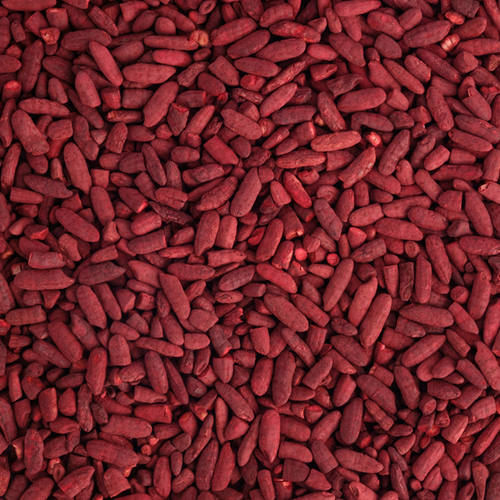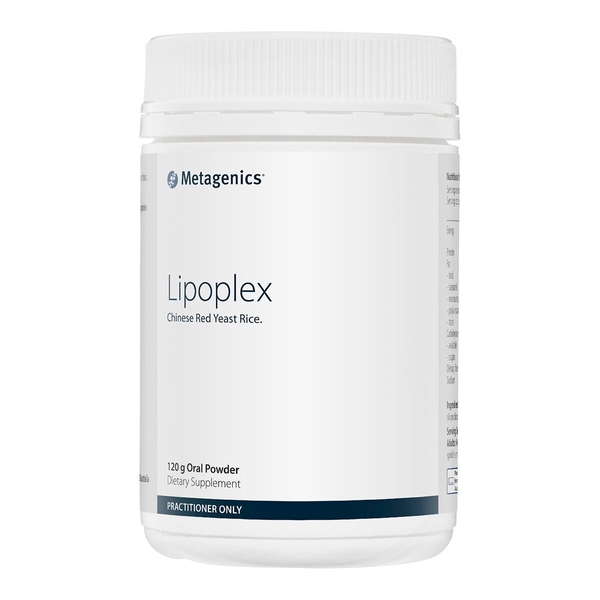
Background
Red yeast rice contains ten different chemicals known as monacolins. These chemicals affect cholesterol levels. Monacolin K, which is the same as the drug lovastatin, is the most abundant in red yeast rice. Because of this, it has many of the same effects and precautions as the statin drug.
People most commonly use red yeast rice for high levels of cholesterol and other fats in the blood. It is also used for heart attack, high blood pressure, heart disease, diabetes, cancer, and many other conditions, but there is no good scientific evidence to support many of these other uses.
The US FDA considers red yeast rice products that contain significant amounts of statin-like ingredients to be illegal, unapproved drugs. But many of these products are still available. Red yeast rice products do not always contain consistent amounts of statins, which can change their effects on health.
Safety Safety definitions
Special Precautions & Warnings:
Pregnancy: Red yeast rice is likely unsafe when taken by mouth during pregnancy. Some chemicals in red yeast rice have caused birth defects in animals. Avoid using it while pregnant.Breast-feeding: There isn't enough reliable information to know if it is safe to use red yeast rice when breast-feeding. Stay on the safe side and avoid use.
Liver problems: Red yeast rice contains a chemical that is the same as the statin drug lovastatin. Lovastatin can cause liver damage. Red yeast rice products should be used cautiously or avoided in people with liver problems.
Effectiveness
- High levels of cholesterol or other fats (lipids) in the blood (hyperlipidemia). Taking red yeast rice supplements by mouth can lower total cholesterol, low-density lipoprotein (LDL or "bad") cholesterol, and triglycerides. This is likely due to a chemical called monacolin K. This chemical is also known as the statin drug lovastatin. Statins are approved by the US FDA to lower cholesterol.
- Abnormal levels of blood fats in people with HIV/AIDS. Taking red yeast rice by mouth seems to reduce cholesterol and triglyceride levels in people with HIV.
- Heart attack. Taking red yeast rice by mouth daily seems to reduce the risk of heart attacks and death in people with a history of heart attack.
- High blood pressure. Taking red yeast rice by mouth together with prescription blood pressure-lowering drugs doesn't seem to reduce blood pressure more than taking the drugs alone.
Dosing & administration
Keep in mind that red yeast rice products contain varying amounts of the chemical monacolin K, which is the same as the prescription drug lovastatin. Some products may contain none and others may contain high amounts, which are more likely to cause serious side effects. Red yeast rice products that contain significant amounts of statin-like ingredients are considered illegal, unapproved drugs.
Interactions with pharmaceuticals
Cyclosporine (Neoral, Sandimmune)
Interaction Rating=Moderate Be cautious with this combination.
Red yeast rice might affect the muscles. Cyclosporine might also affect the muscles. Taking red yeast rice along with cyclosporine might increase the risk of muscle problems.
Gemfibrozil (Lopid)
Interaction Rating=Moderate Be cautious with this combination.
Gemfibrozil can affect the muscles. Red yeast rice can also affect the muscles. Taking gemfibrozil along with red yeast rice might increase the risk of muscle problems.
Medications that can harm the liver (Hepatotoxic drugs)
Interaction Rating=Moderate Be cautious with this combination.
Red yeast rice might harm the liver. Some medications can also harm the liver. Taking red yeast rice along with a medication that can harm the liver might increase the risk of liver damage.
Medications that decrease break down of other medications in the liver (Cytochrome P450 3A4 (CYP3A4) inhibitors)
Interaction Rating=Moderate Be cautious with this combination.
Red yeast rice is changed and broken down by the liver. Some drugs decrease how quickly the liver changes and breaks down red yeast rice. This could change the effects and side effects of red yeast rice.
Medications used for lowering cholesterol (Statins)
Interaction Rating=Moderate Be cautious with this combination.
Statins are medications that are used to lower cholesterol. Red yeast rice contains the statin drug lovastatin. Taking red yeast rice along with other statins might increase the risk of side effects. Do not take red yeast rice if you are already taking these medications.
Niacin
Interaction Rating=Moderate Be cautious with this combination.
Niacin can affect the muscles. Red yeast rice can also affect the muscles. Taking niacin along with red yeast rice might increase the risk of muscle problems.
Interactions with herbs & supplements
Grapefruit: Grapefruit can decrease how quickly the body breaks down red yeast rice. This could increase the amount of the red yeast rice in the body and increase its effects and side effects.
Herbs and supplements that might harm the liver: Red yeast rice might harm the liver. Taking it with other supplements that can also harm the liver might increase the risk of liver damage. Examples of supplements with this effect include garcinia, greater celandine, green tea extract, kava, and kratom.
Niacin: Niacin can affect the muscles. Red yeast rice can also affect the muscles. Taking niacin along with red yeast rice might increase the risk of muscle problems.
St. John's wort: St. John's wort can increase how quickly the body gets rid of red yeast rice. Taking St. John's wort with red yeast rice might reduce the effects of red yeast rice.





